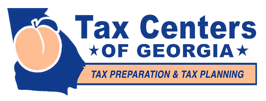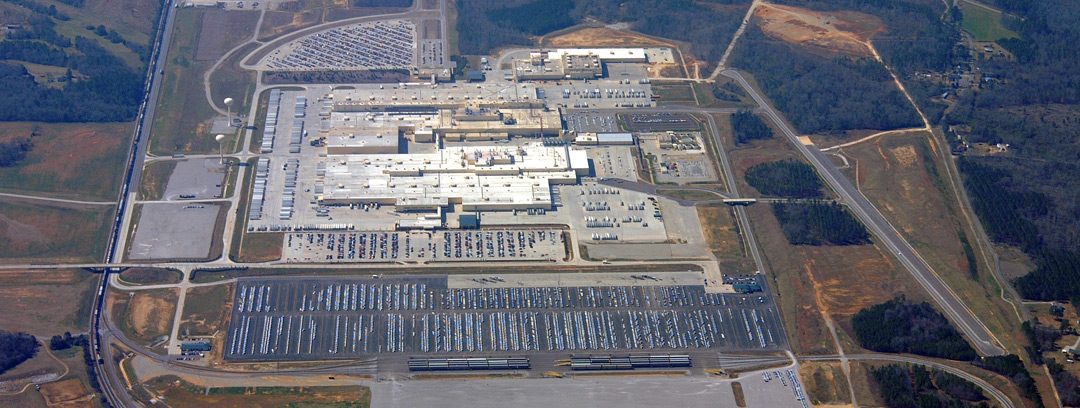Stop Overpaying your Business Tax by Hundreds of Thousands of Dollars per year!
Business owners do not realize that buried somewhere in their tax returns is the most powerful tool to increase their business cash flow. That tool is called a depreciation schedule. The secret is few business owners know Congress says they have the right to modify it to better reflect the useful life of their business assets.
Show Me My Busines Tax Savings
Cost Segregation Audit Techniques Guide
If you would like to calculate your savings right now, click the link below.
Show Me My Busines Tax Savings

Every business owner who acquires commercial property or plant and equipment is allowed to depreciate it as it “wears out” over time. The default time period is 39 years for such property. So business owners who acquire a building for $4 million can divide that $4 million by 39 years and allocate $100000 a year to depreciation. Remember depreciation is a non-cash expense which you can use to reduce your taxable earnings each year. So, if your company earned $500K before depreciation, you can deduct $100K of depreciation and now pay tax on only $400K of earnings.
Business owners don’t realize that 30-40% of the property cost can be reassigned to much shorter depreciation periods which boosts annual depreciation to the $250K per year level dramatically reducing federal taxes. That is the most powerful way to increase your cash flow now.
So how does this work? A depreciation schedule is supposed to reflect the actual useful life of business assets. Landscaping, computer systems, carpet, lighting, pavement, etc are examples of the many subsystems of a building that can be considered personal property and assigned much shorter depreciation lives.The IRS allows ALL commercial property owners the “right” to accelerate depreciation on the assets that are identified as personal property through a process known as cost segregation. An analysis of these systems is called a cost segregation study.This is not a gray area of the tax code that is subject to interpretation between the taxpayer and the IRS.
Cost Segregation Audit Techniques Guide
The IRS has issued a field manual called the Cost Segregation Audit Techniques Guide which was recently updated in 2016 to speed the processing of the increasing number of cost segregation studies submitted to the IRS. It shows engineers exactly which physical components of the property should be placed into the four cost recovery periods.
Click to see section 7 of the IRS Cost Segregation Audit Guide which lists some of the many industries that benefit from cost segregation studies.
Such a study is an IRS defined and sanctioned approach using a combination of construction engineering and tax expertise. The process allows commercial property owners to REDUCE FEDERAL TAXES by accelerating the depreciation on their properties by separating real (essential) and personal (non-essential) components of a building and reclassifying the depreciation on the personal items from 39 years to 5, 7, or 15 year recovery periods.
Below is a video that demonstrates how a typical cost segregation study is performed.
Because these studies combine both engineering, project management and tax expertise they can be expensive. This is the primary reason why CPA’s don’t recommend that each of their clients perform these studies even though the return is around 15 or 20 to 1.
We have a strategic partner, Growth Management Group, (GMG) which has performed these studies for thousands of commercial property owners over the last 15 years. GMG has a unique value proposition in that they perform these studies on a contingency basis. The owners pays nothing up front for the study and GMG only shares the savings with the business owners when the savings are realized. GMG assumes all the economic risk of doing the study.
GMG always functions as consultants not as vendors.The business owners do not have to change their existing vendors to receive the savings. GMG uses their proprietary and time proven methods to show owners how to get better values from their existing vendors.
GMG provides all additional tax forms to the business owner’s existing CPA who files the tax return for the benefit of the business owners.
GMG also helps business owners reduce existing property taxes, receive lucrative research and development tax credits and reduce credit card processing fees. Click the link below to find out how much your savings can be.

